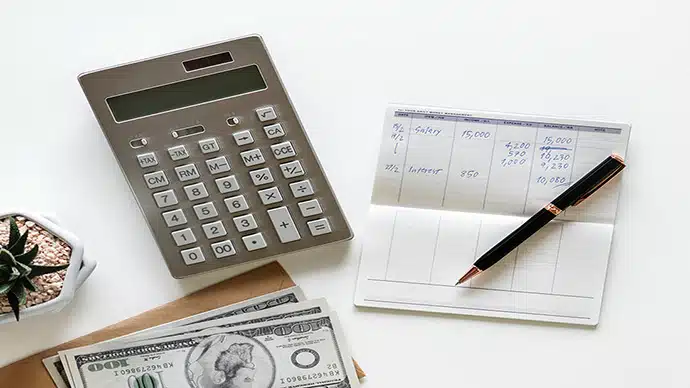
Brutal. Vicious. Wicked. Punishing. Whatever words you use to describe the prolonged arctic blast that has gripped 90 percent of the nation, it’s been not only hard to endure physically, but hard on your wallet, as well.
Because this abnormally relentless spell of below-normal temperatures took many of us by surprise, you may not have had enough time to sufficiently winterize your house. So Billshark would like to offer 21 quick and easy things you can still do to make staying warm a little less painful financially.
1. First, check for drafts. Light a stick of incense and slowly move it around windows and doors. If the smoke begins to blow sideways, you’ve found a leak.
2. In the bitter cold we’re experiencing, it’s too late to weatherstrip windows and doors (but be sure to do so during the first break in the weather). But you can apply window insulation film at any time. A typical kit that will treat four windows costs $5-$6 and takes less than 20 minutes to install.
3. A quick and easy way to cover a drafty door is by hanging a thick blanket across it with a nail on either side of the top of the door frame. Again, weatherstrip or caulk when the weather warms up a bit.
4. Similarly, try installing tight-fitting, insulating drapes or curtains over windows and patio doors. Open them on south-facing windows and doors during sunny days to allow solar heating to warm the house; close them at night or on cloudy days.
5. If you have an attached garage, you may want to think about insulating it. Unfortunately, the process is not easy, and often doesn’t last long. The easier method is to keep the door between the garage and the house closed, and to install a door sweep at the bottom of the door to keep as much cold air as possible from entering your home.
6. Close off rooms you’re not using. They’ll get cold but not freezing, and there’s no need to pay for heating rooms you don’t need.
7. If you’re lucky, you already have a programmable or Wi-Fi-enabled thermostat. Otherwise, you’ll have to remember to adjust it manually. The setting should be around 68 degrees during the day, approximately eight degrees lower at night. Warning: Don’t lower the temperature at night if your pipes are prone to freezing (see #8). If you dress in layers and wear socks or slippers, you’ll be comfortable enough in a cooler house to save hundreds of dollars per year in heating costs.
8. If your water pipes are on an outside wall, you will have to take steps to keep them from freezing, which can cost thousands of dollars to repair. If you can reach them, you can buy cheap foam insulation to cover them. If not, you’ll have to resort to the drip method. Before going to bed at night, turn on one faucet on each floor, allowing it to drip slowly. Use a combination of hot and cold water, because each set of pipes is prone to freezing separately. Also, open kitchen and bathroom sink cabinets to allow warm air to reach the pipes.
9. Lower the thermostat on your water heater to 120 degrees. Use a water-heater blanket to cover it.
10. Taking shorter, lukewarm showers will also lower the cost of heating water, and also help keep your skin from drying as much.
11. After you’ve finished baking/roasting, turn off the oven and open the door to let the oven’s residual heat into the house.
12. Use humidifiers to add humidity to the home, because humid air retains heat better than dry air.
13. Flip the switch to reverse any ceiling fans to clockwise to help force warm air down from the ceiling (remember, hot air rises).
14. Replace furnace/heat pump filters once a month. A dirty filter forces your HVAC system to work harder to heat the house.
15. For the same reason, vacuum registers, vents, and refrigerator coils regularly.
16. Close fireplace flues/damper when not in use. If you have glass doors on the fireplace, keep them closed when not in use.
17. Space heaters are not only costly, but potentially dangerous. One model is marketed as costing “only 25 cents an hour.” Running 24 hours a day, seven days a week for the 31 days of January, this would run you $186 extra for the month. Use them sparingly.
18. Ask your power company about any rebates for various energy-saving measures. Many energy companies will offer a free or low-cost energy audit.
19. If you haven’t already done so, switching to LED lights will save up to 80 percent on your lighting costs.
20. Vent fans used to remove odors also remove heat from your home. Keep their use to a minimum.
21. Set your dishwasher to air-dry instead of heat dry. Open the door and the humidity from the dishwasher will help humidify the air.
Finally, let our sharks school around your bills to find other ways to save you money.


